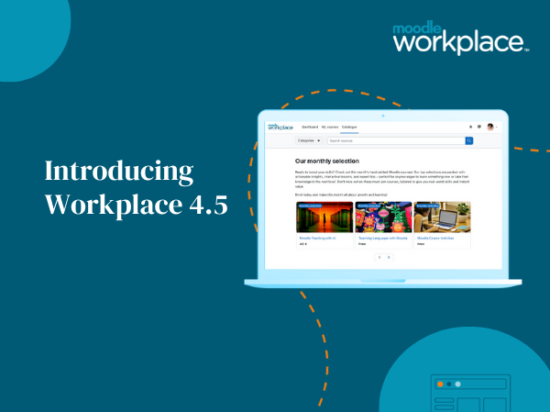QR code sign-ins, social distancing and working from home were some of the new imperatives of 2020. Even as viable vaccines become imminent, some of these changes have become part of the way we do business and will shape the workplace in 2021, including:
- The Digital Workplace
“We’ve seen two years’ worth of digital transformation in two months”.
-Satya Nadell, CEO, Microsoft
2021 will see workers asked to return to the traditional physical workplace, however, it can no longer be the only viable option. Instead of taking extreme approaches to work environments, many organisations will adopt a hybrid approach, with employees in the office for a few days, while working remotely for the rest. The hybrid workplace model allows for structure and interaction while offering independence and flexibility of working from home. We will continue to see a growing demand for remote technologies and online collaborative products. Private organisations and government entities alike will need to invest in digital technologies such as learning management systems, video conferencing, virtual workspaces and increasing cyber security software to future-proof the workplace from disruptions.
- Employee Wellbeing
Let’s face it, 2020 meant fewer holidays, less downtime and employees becoming full-time teachers or carers for months on end, with little certainty of what the future will bring. Stress, loneliness and mental health issues, if not already, should now be the centre of employee well-being conversations. Organisations which have not already put in place access to online health programs will offer training around areas of mental health and resilience. Additionally, employees will expect a workplace where people do stay home when sick, proper sanitation and protocols to keep them safe. - Dispersed Workforce
The pandemic and working remotely has made employees re-consider where they live with city and urban dwellers swapping small inner city apartments for country or beach lifestyles. In 2021, the workforce will continue to disperse, and this side effect of the pandemic will become a more accepted norm. - Skilling Up
Retraining and up-skilling workers will become even more of a need heading into 2021 because markets are shifting and investments in new technology are growing, both due to the impact of COVID-19. The most in-demand skills as we head into 2021 and beyond, include cloud computing, machine learning, disaster recovery, AI & VR, blockchain, healthcare IT, and UX design.







